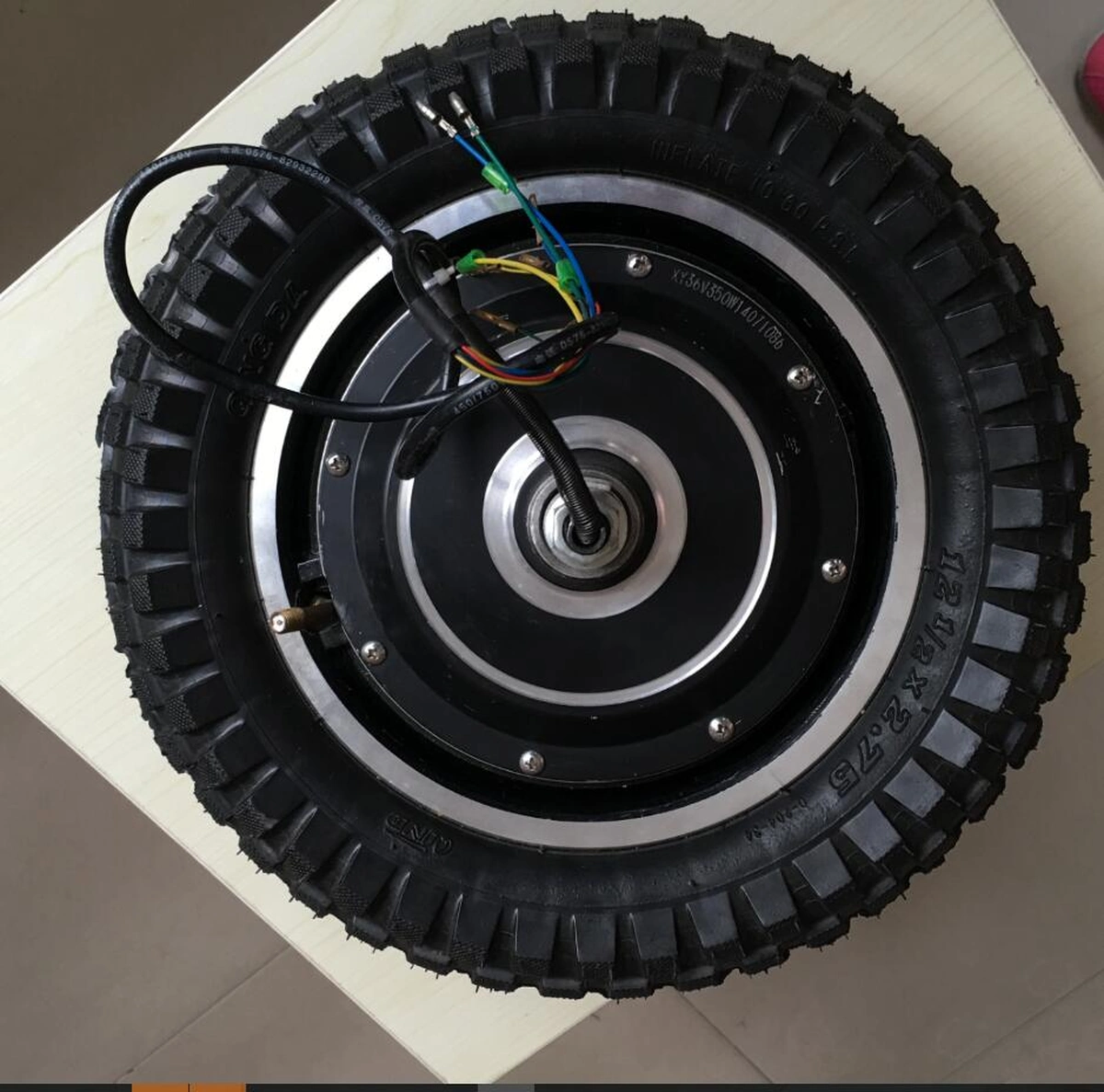The hub motor is a motor installed inside the wheel, and its main feature is to integrate power, transmission, and braking devices into the hub, thereby greatly simplifying the mechanical parts of electric vehicles.

In addition to different design styles and types, many components of the hub are the same, mainly composed of rims and spokes. In addition, there are many parameters included in all hubs, such as rim level, weight level, hole spacing, offset, width, and so on. For traditional vehicles, the clutch, gearbox, driveshaft, differential, and even transfer case are essential, making the vehicle's structure more complex and also requiring regular maintenance and addressing issues of failure rates. The appearance of hub motors is basically the same, mostly flat, but there are significant differences in motor types, structural forms, and driving methods. Currently, there are four main types of motors used in electric hub motors, namely permanent magnet motors (PM), asynchronous motors (IM), switched reluctance motors (SRM), and transverse flux motors (TFM). Among these four types of motors, permanent magnet motors are the most commonly used, while transverse flux motors are a highly competitive type of low-speed, high-torque new motor.
Hub motors can be divided into high-speed and low-speed, but there is no clear definition of the corresponding speed range, usually depending on the application. Typically, only when the driving mode is determined does the definition of high and low speed ranges have a relatively accurate meaning, that is, direct drive generally corresponds to low-speed motors (large volume, more materials, low power density, low noise), while indirect drive mostly corresponds to high-speed motors (small volume, fewer materials, high power density, high noise).
At present, two-wheel hub technology is relatively mature. It is expected that as global energy and environmental issues become increasingly prominent in the future, high-quality hub motors used in electric vehicles will become an important research direction in the field of electrical engineering. At present, the demand for new energy vehicles in the global market has increased to a certain extent, and it is expected that there will be greater room for improvement in the future with the advancement of technology.
Leave A Comment